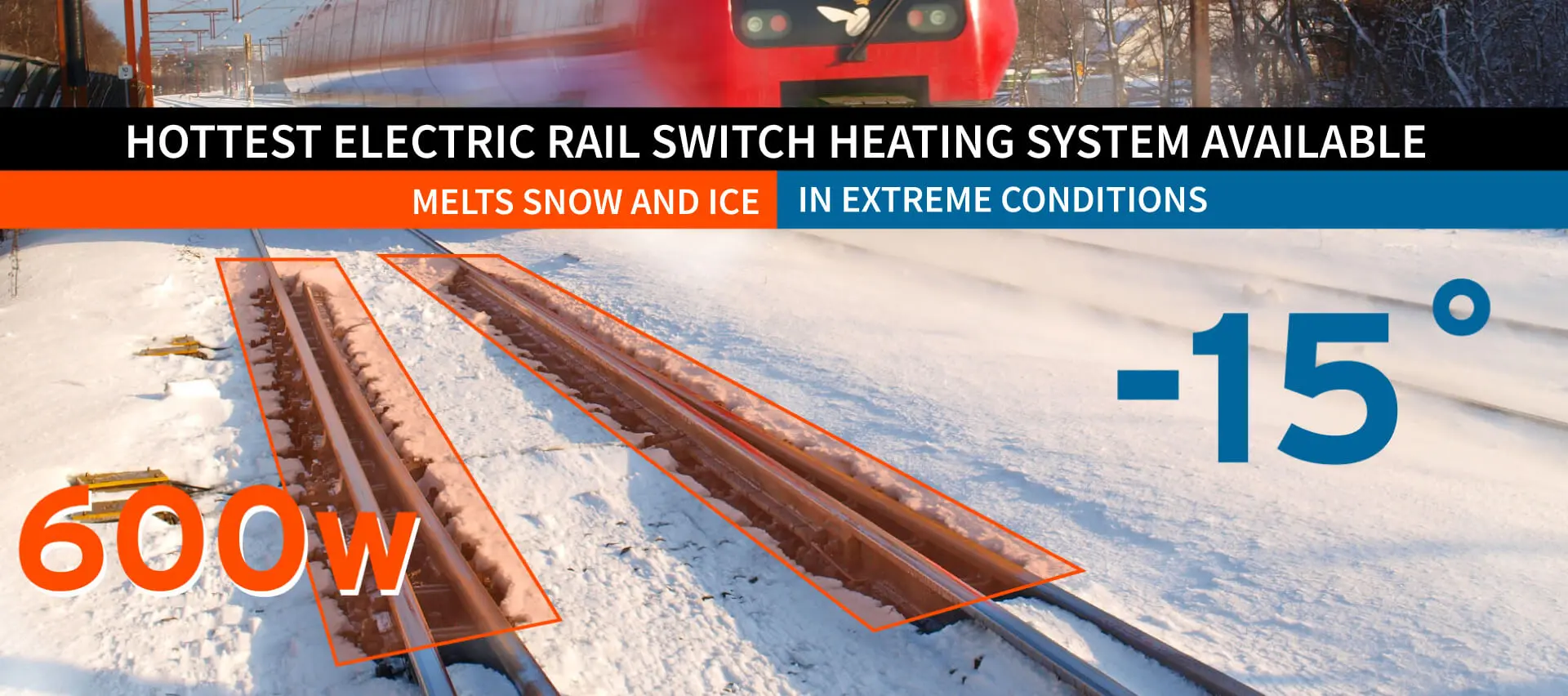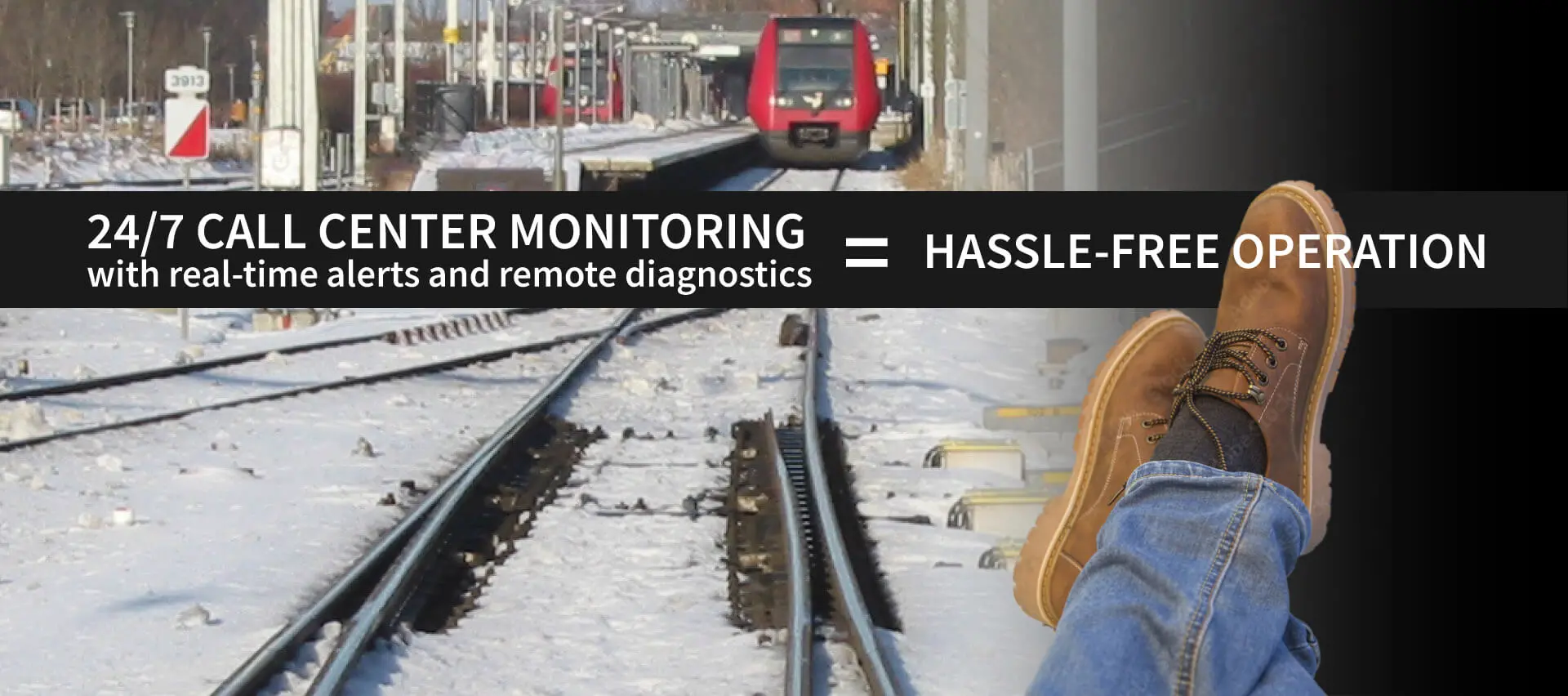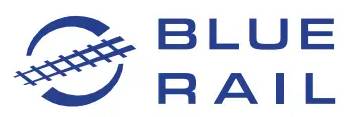Advanced European Rail Heating Technology Designed, Automated, and Built in America
Our patented dual-element modulated rail switch heating system delivers heat when and where you need it, keeping rail switches free of ice and snow. NIBE advanced heating and monitoring solutions provide 24/7 real-time in-person alerts. This avoids costly shutdowns and delays, and enables worry-free operation, reliable performance, and substantial energy savings.






